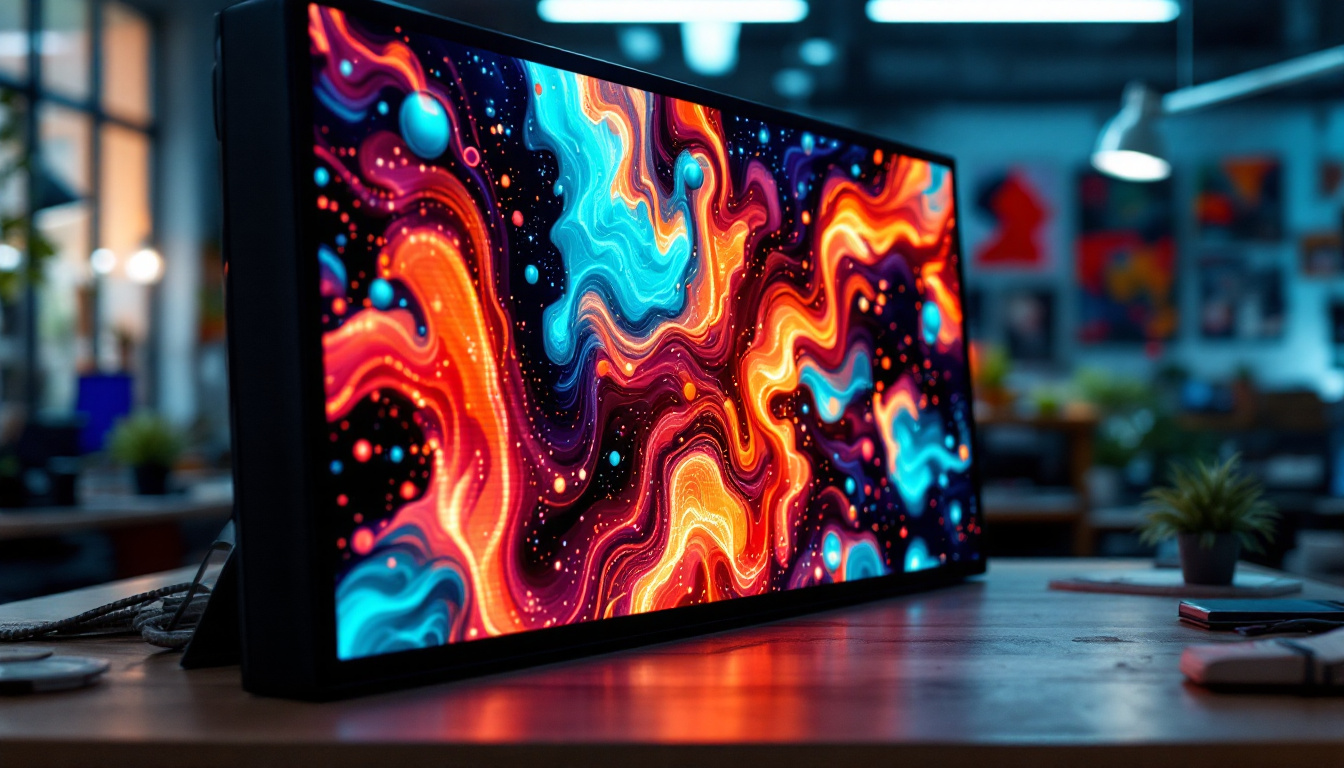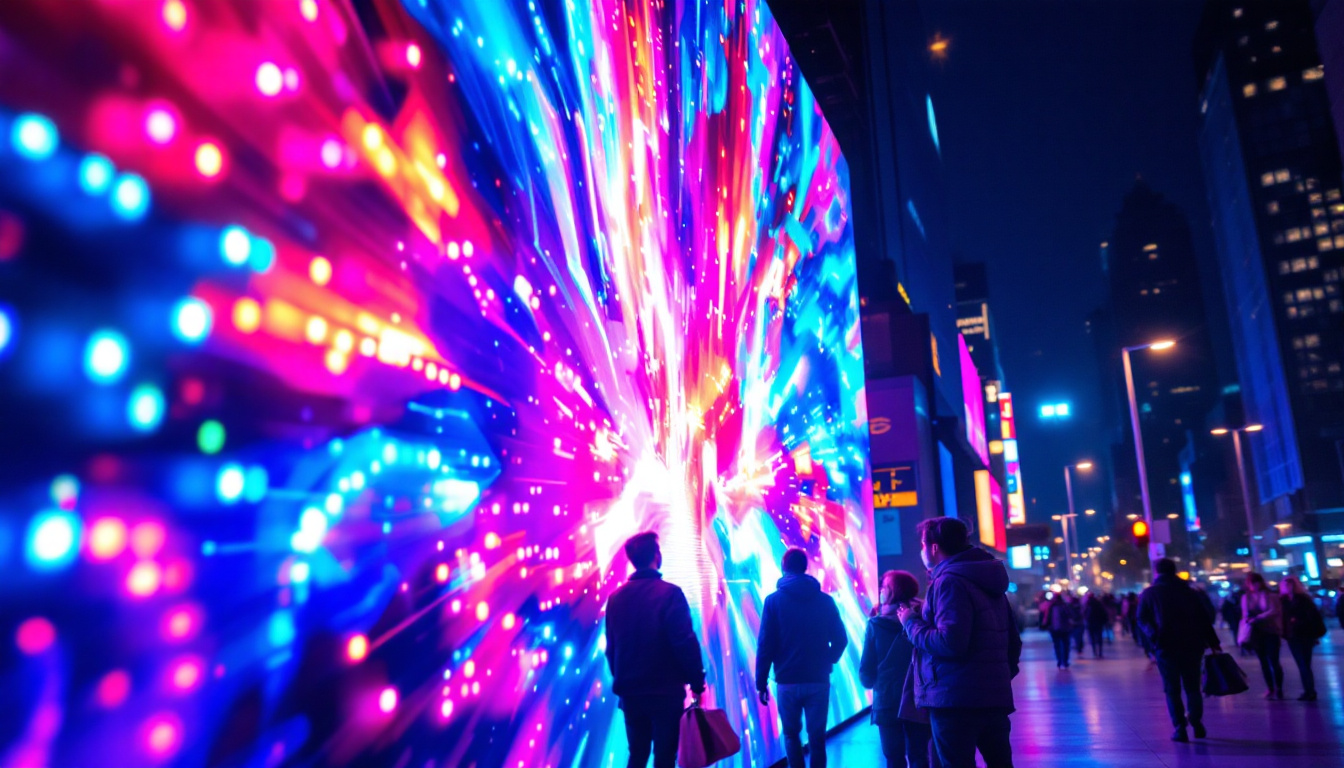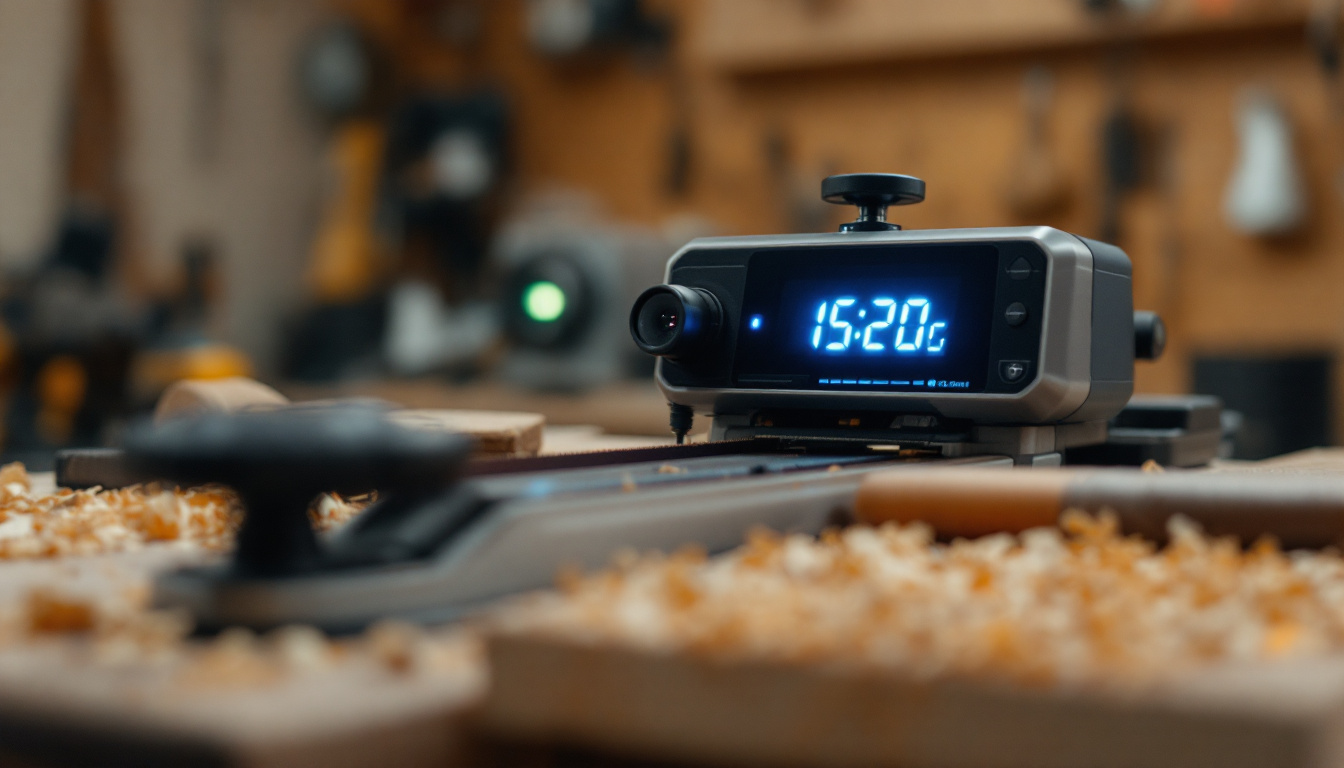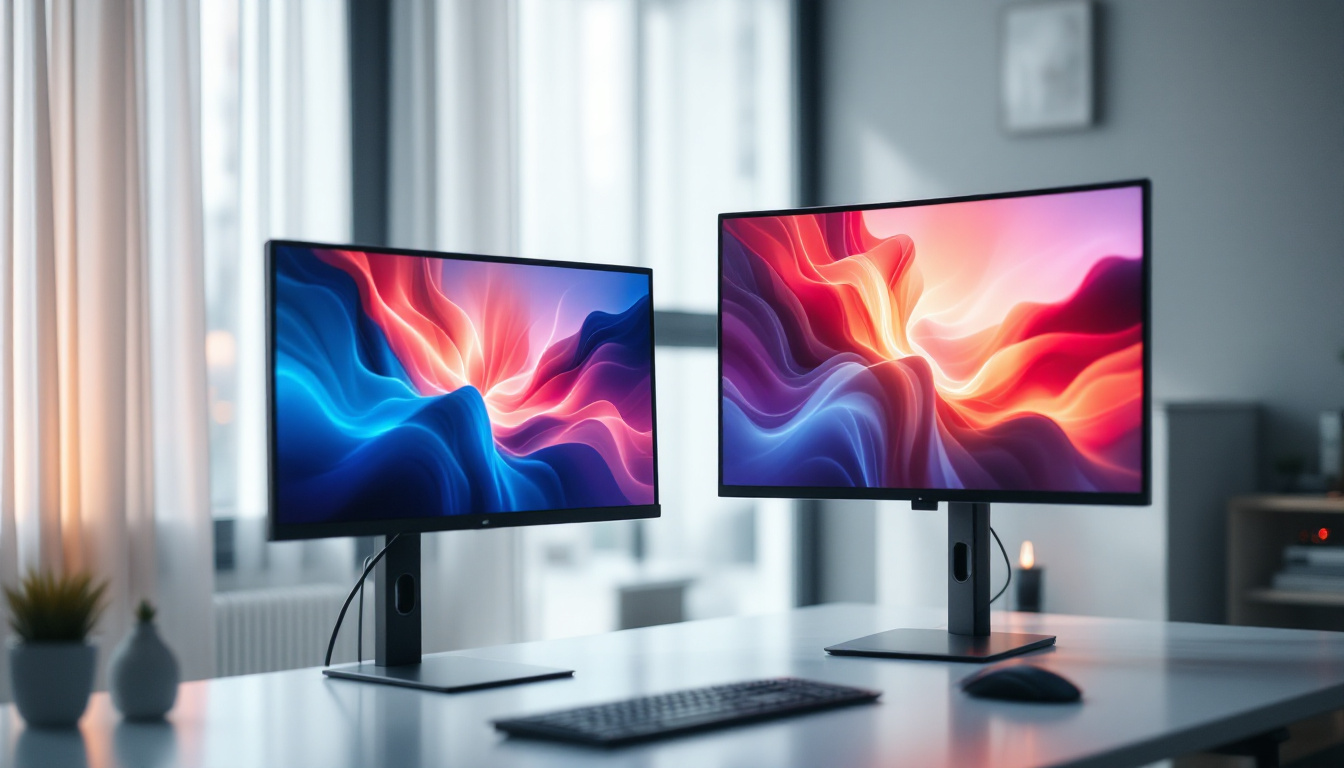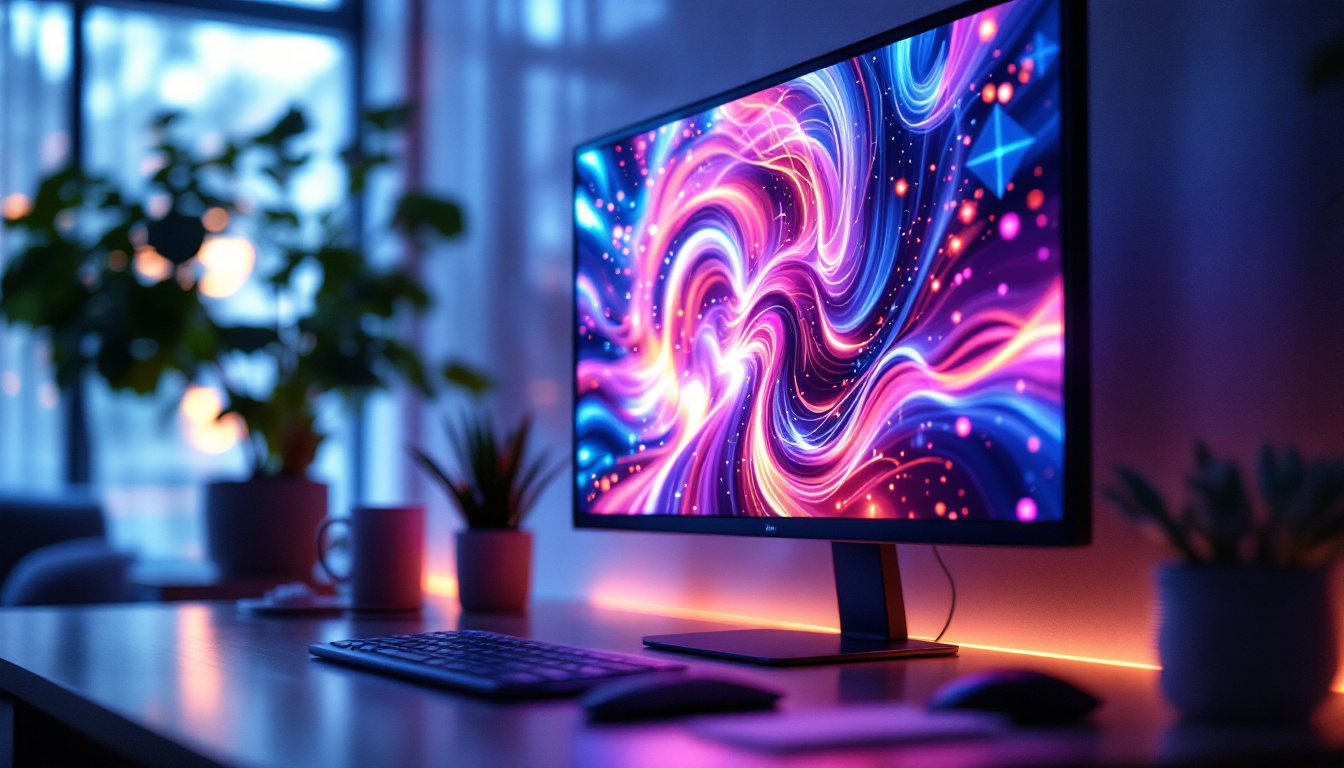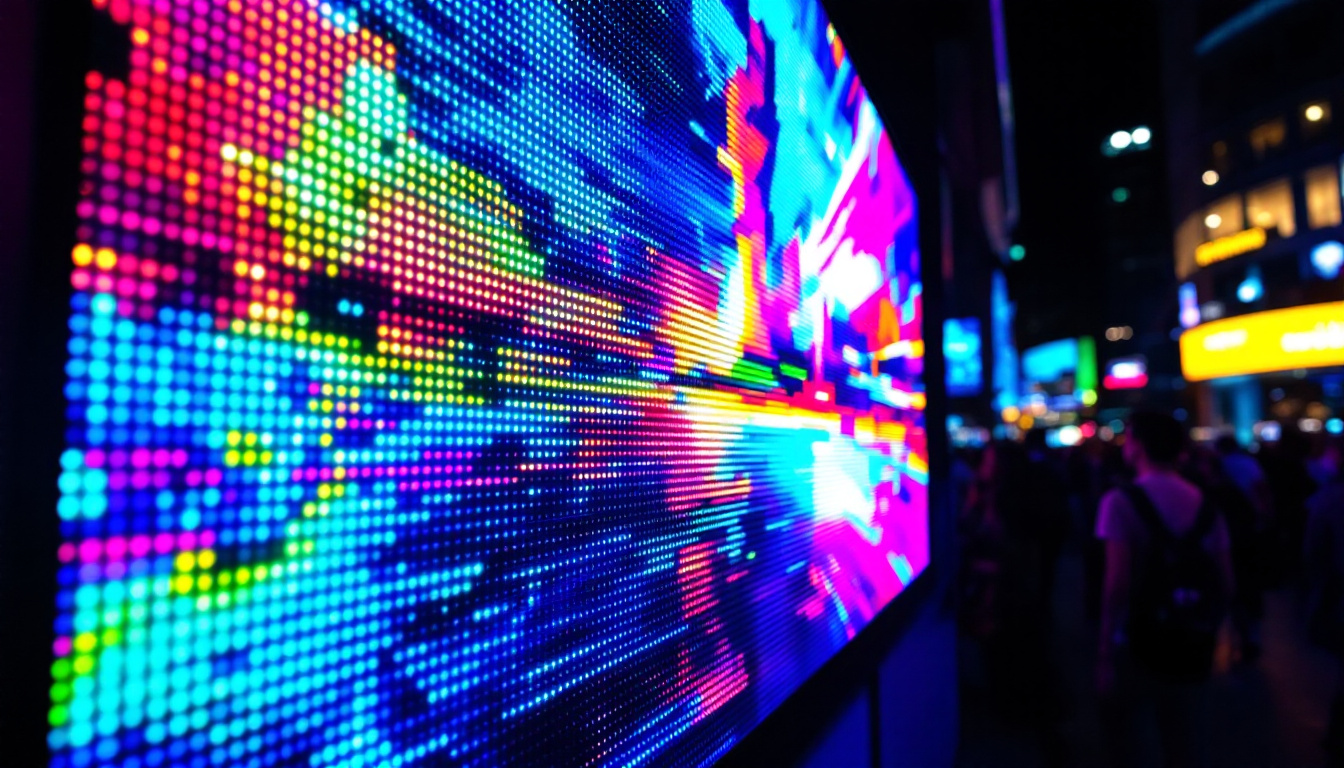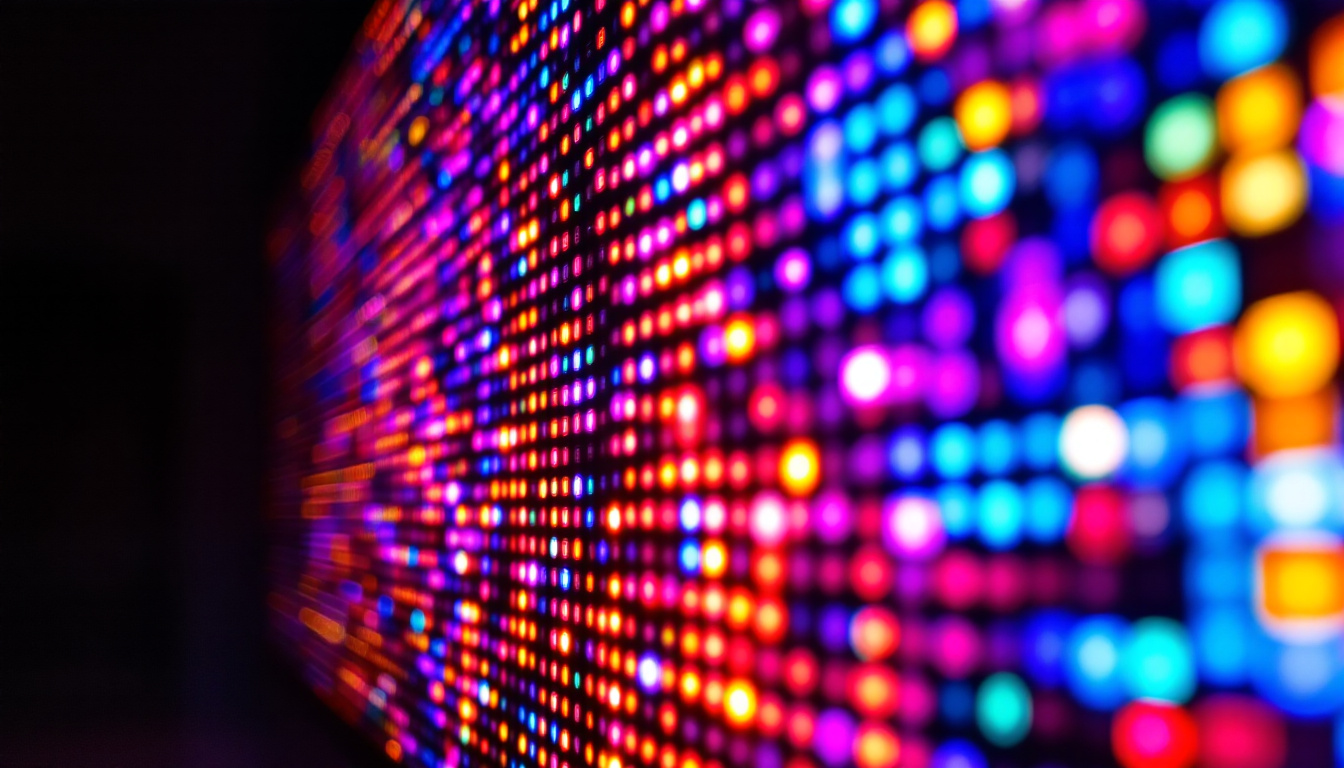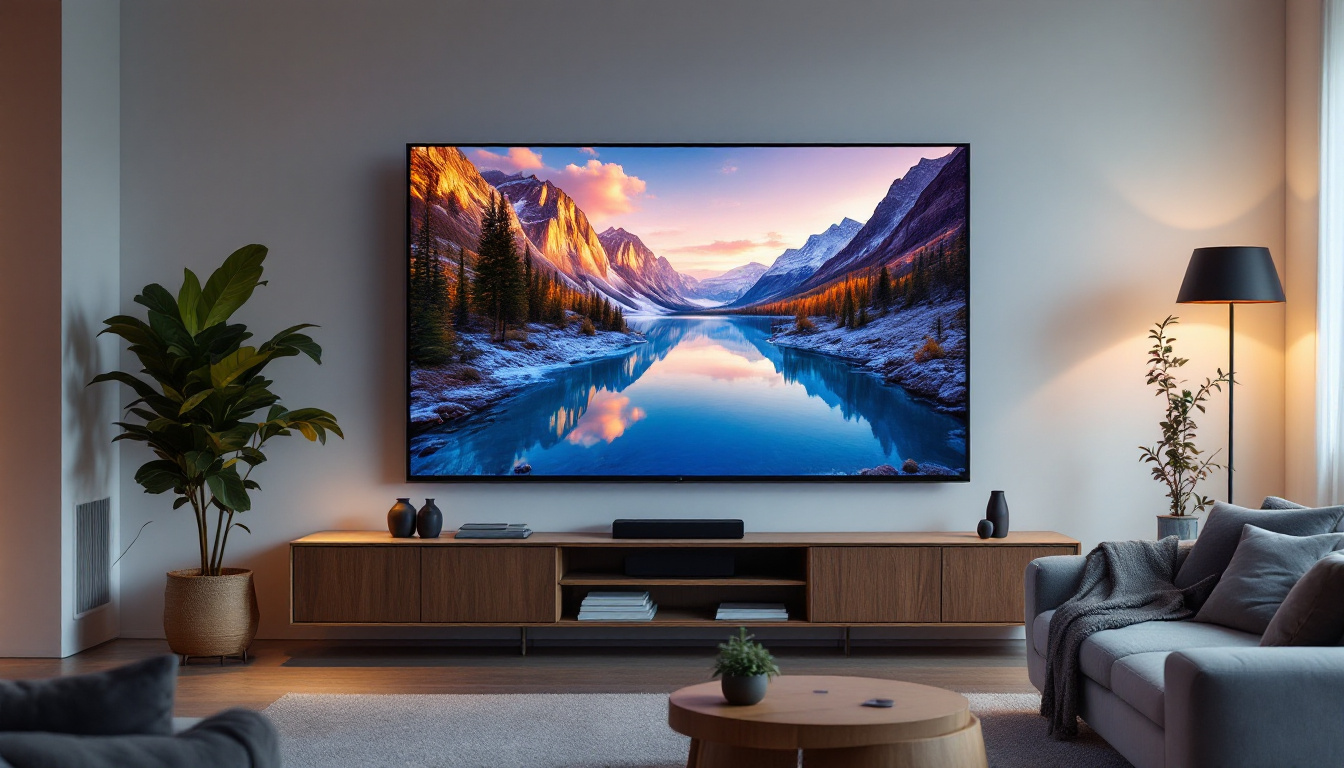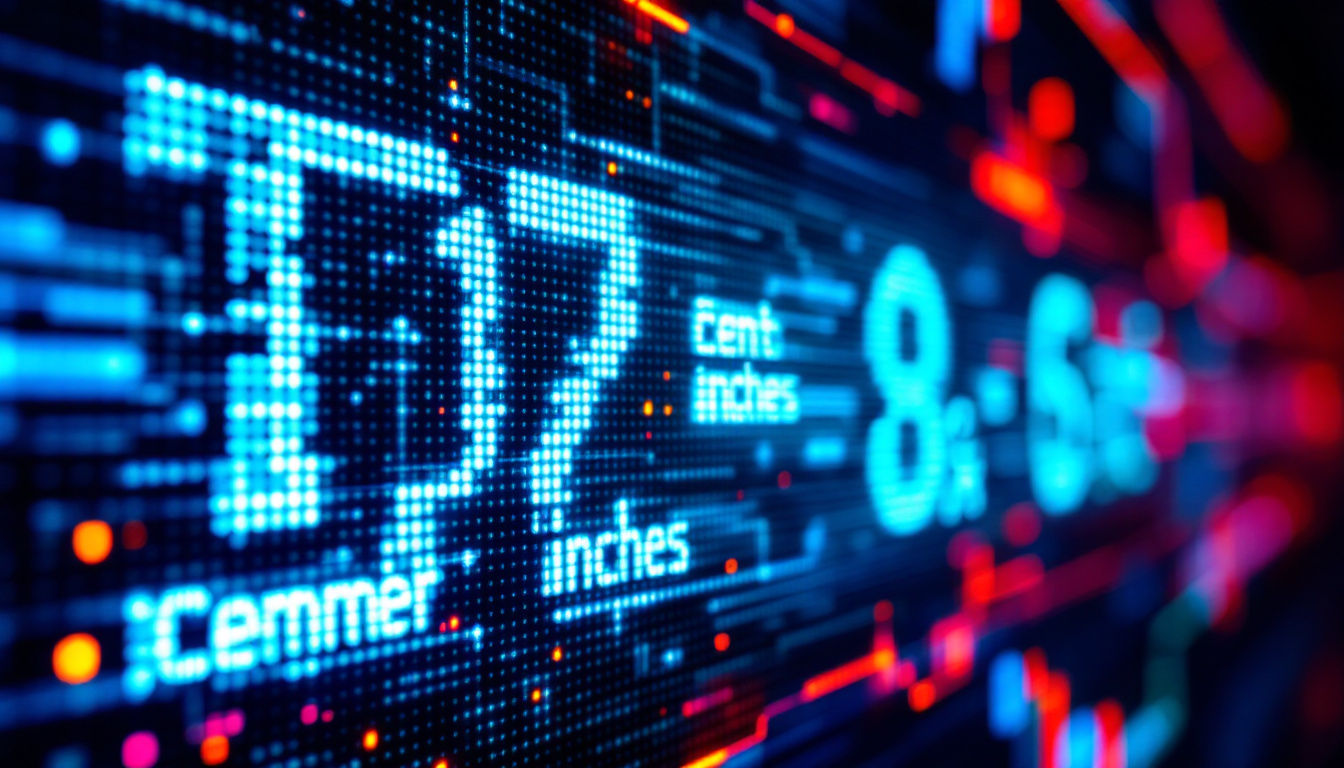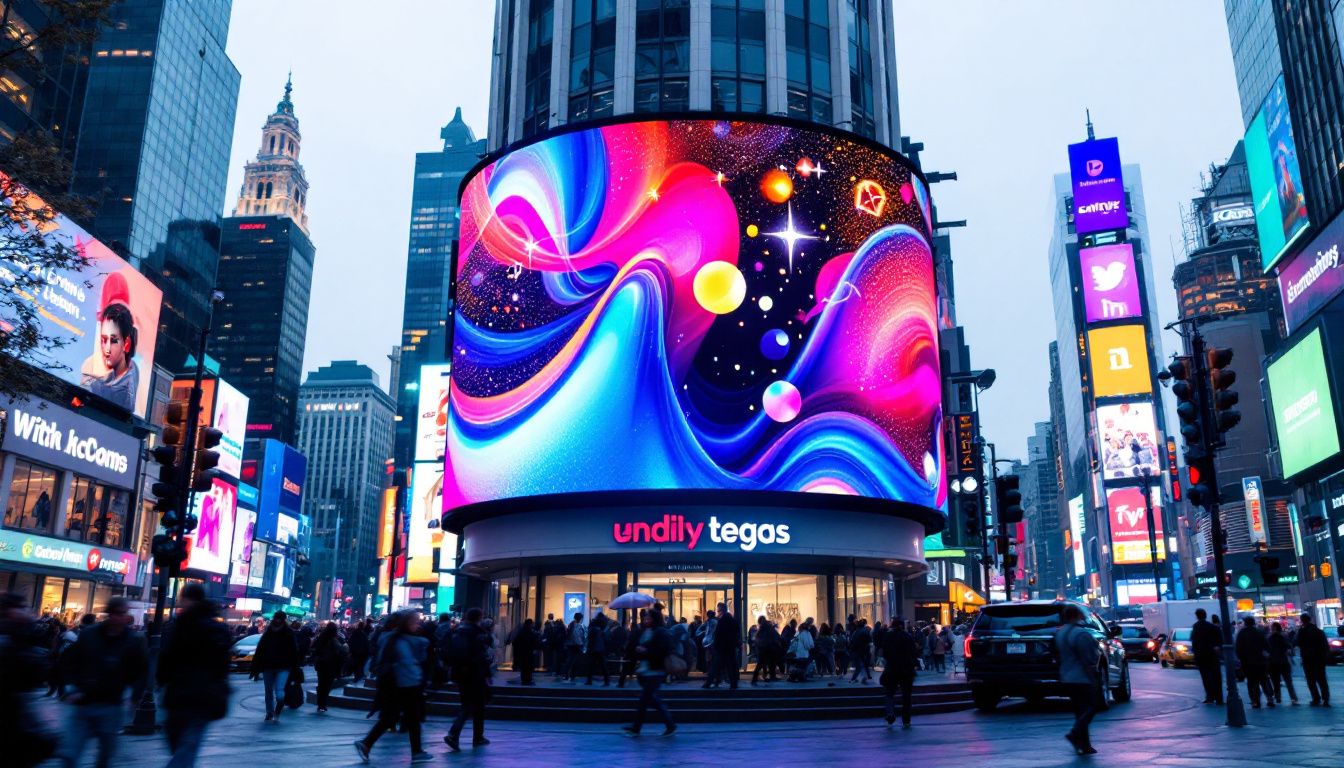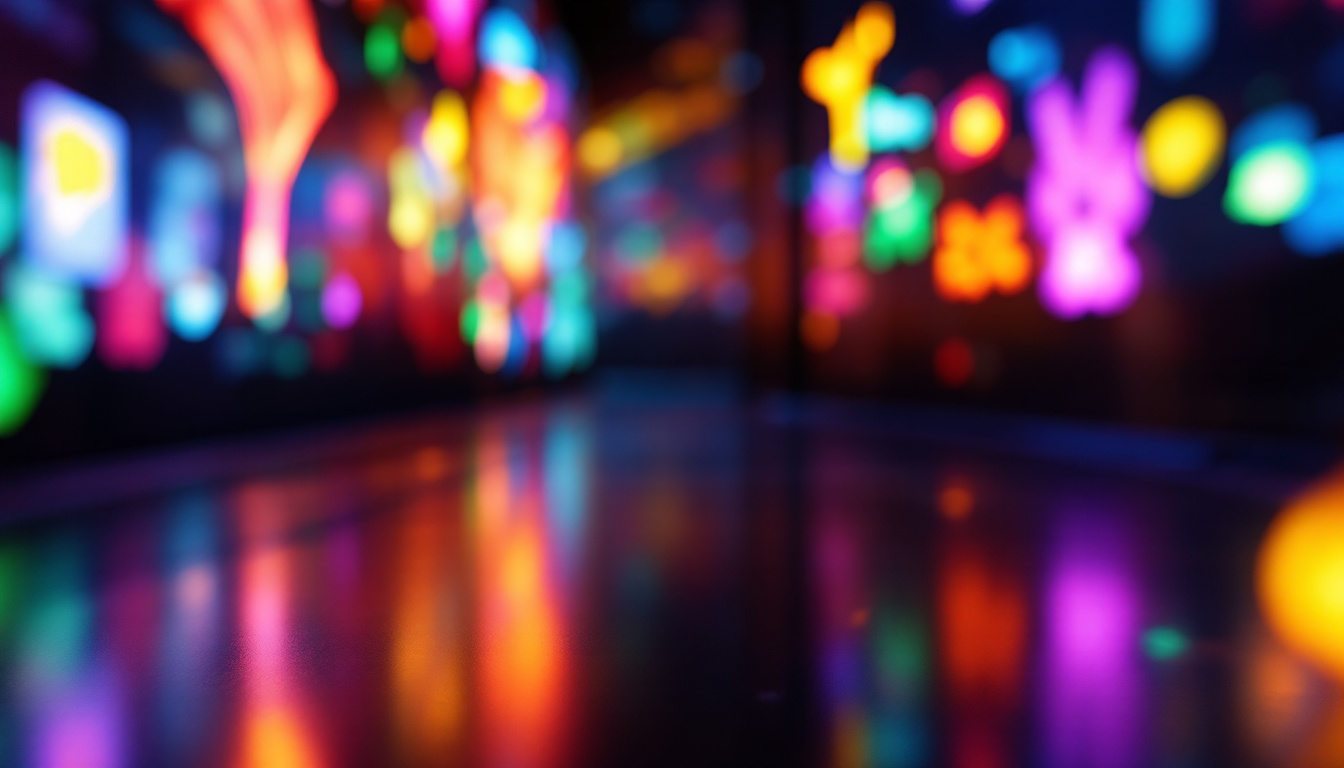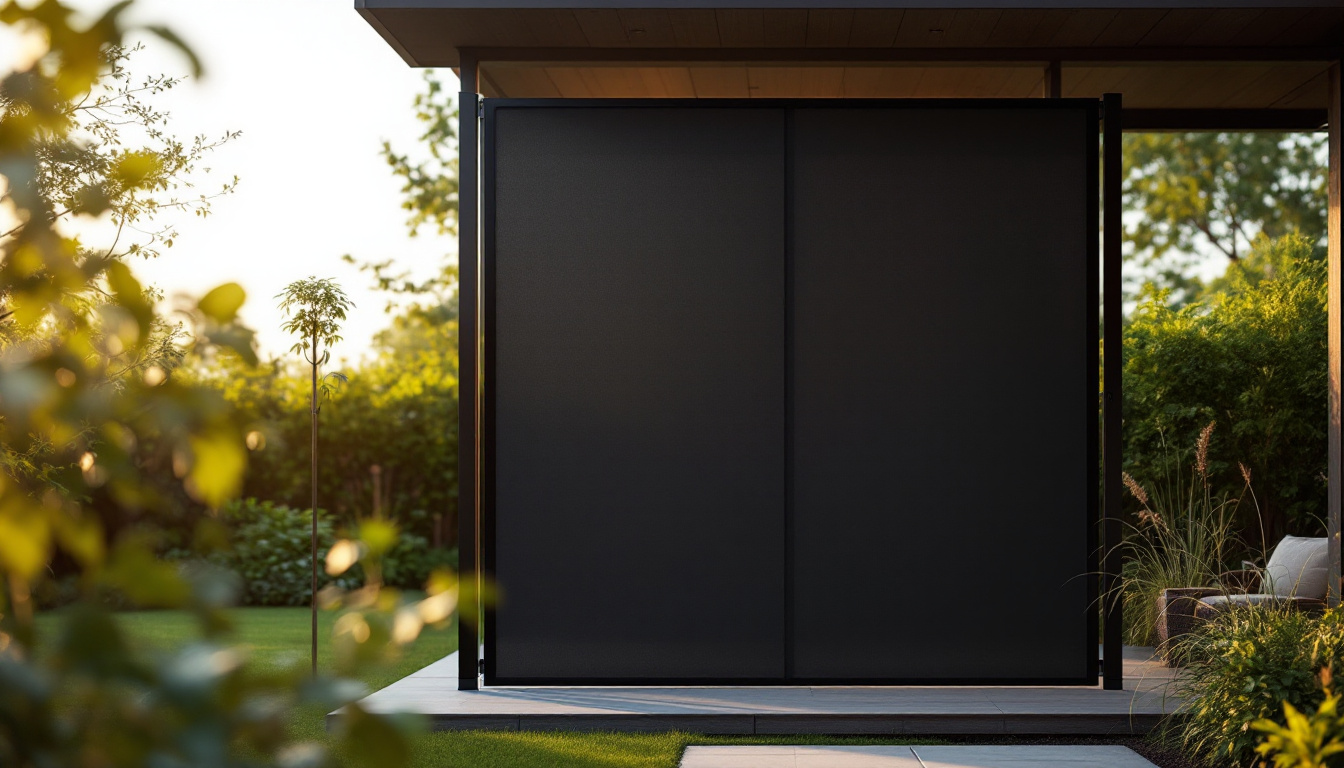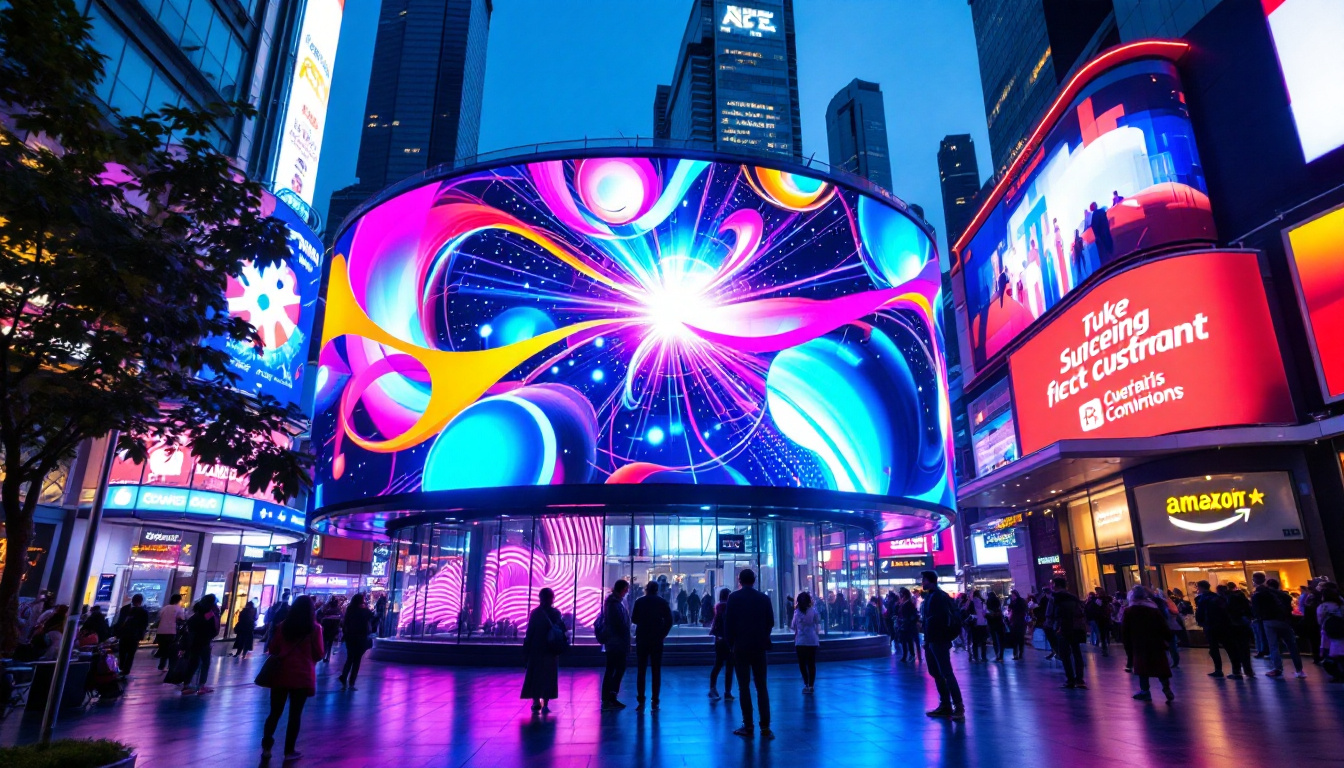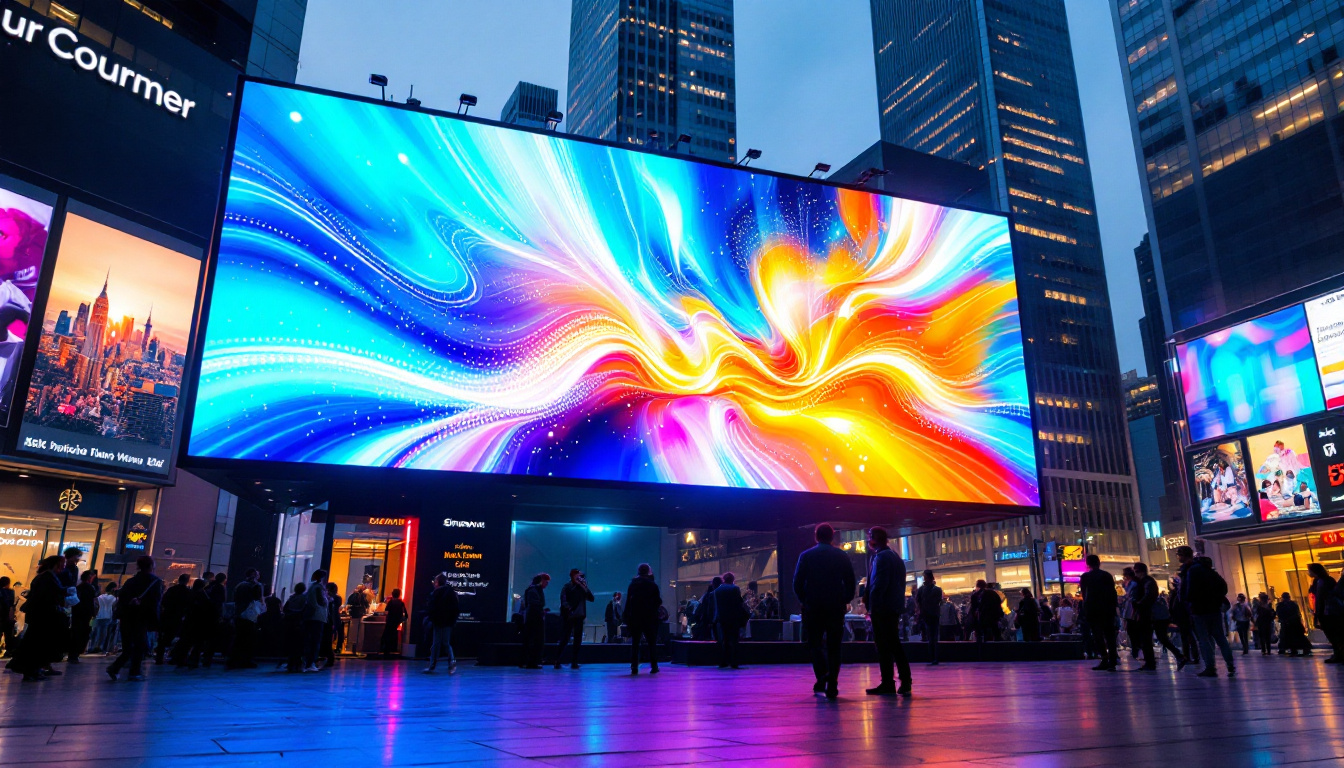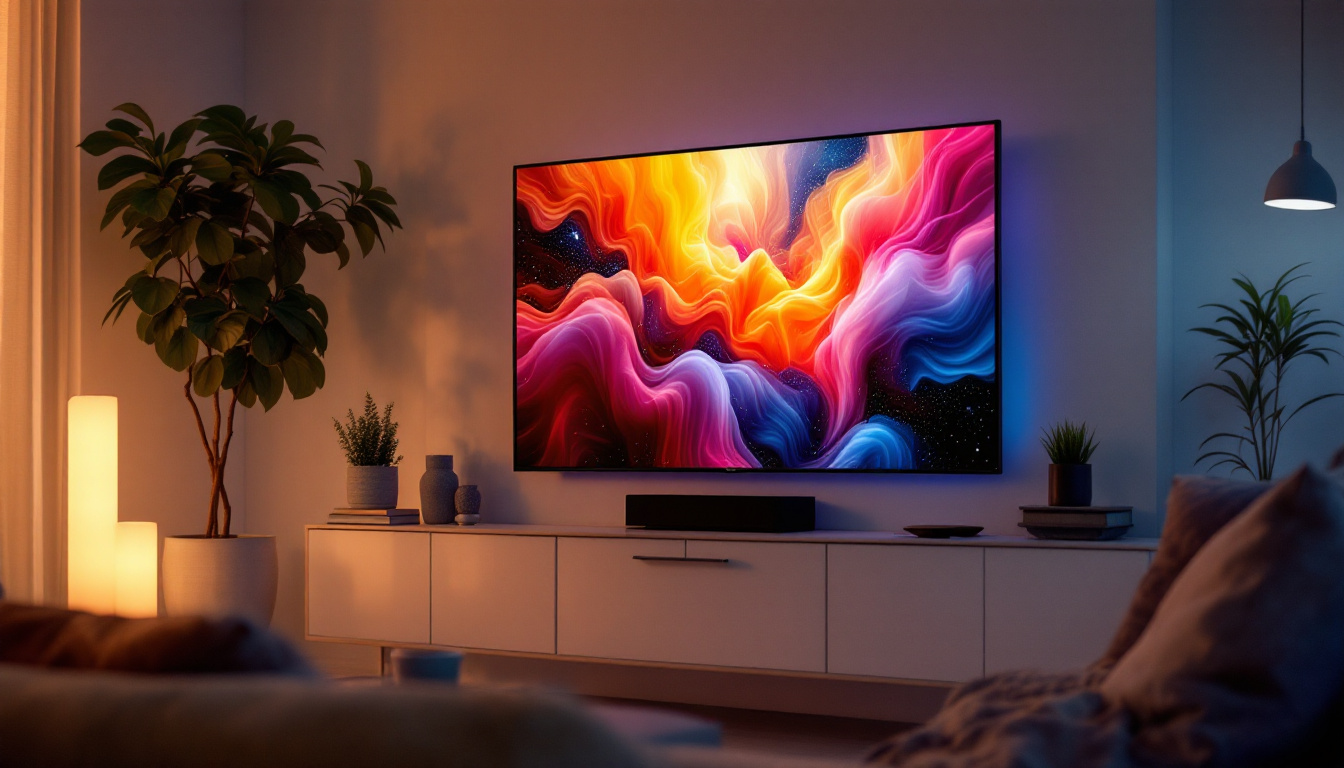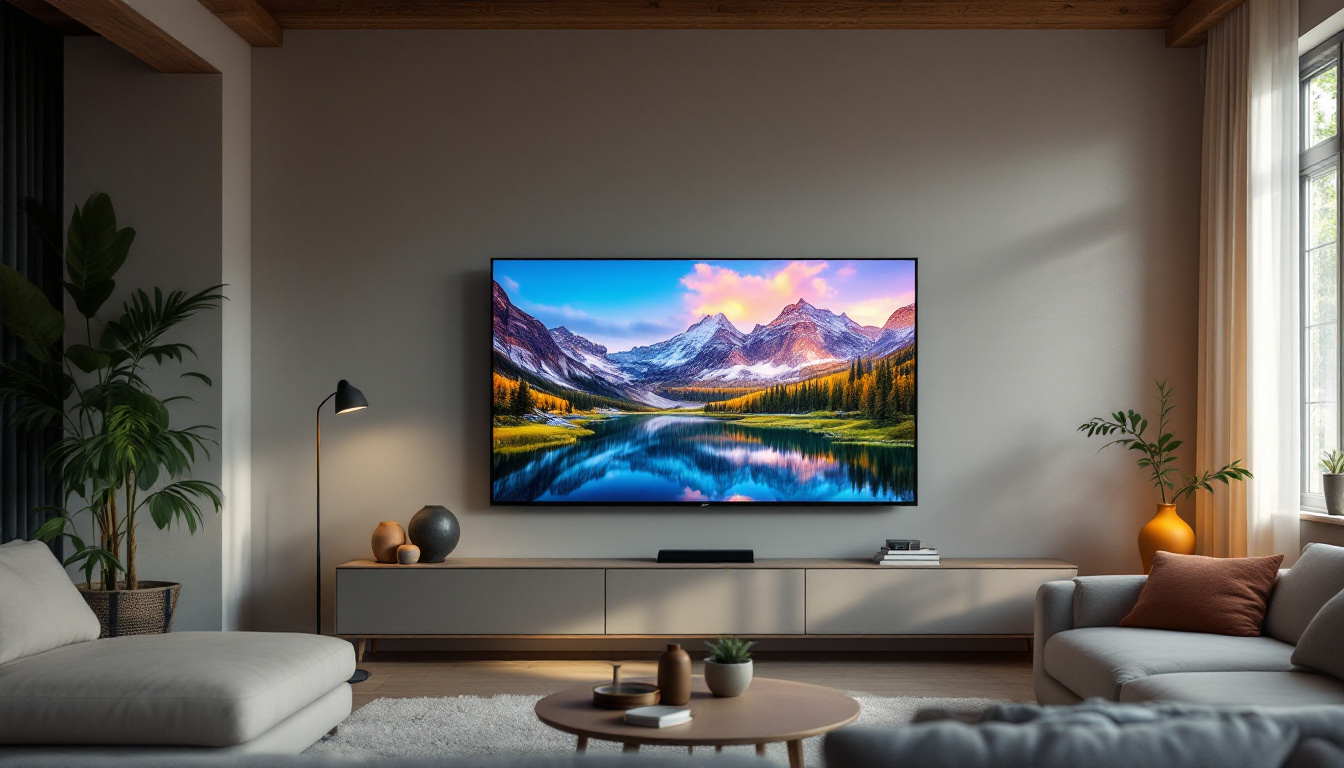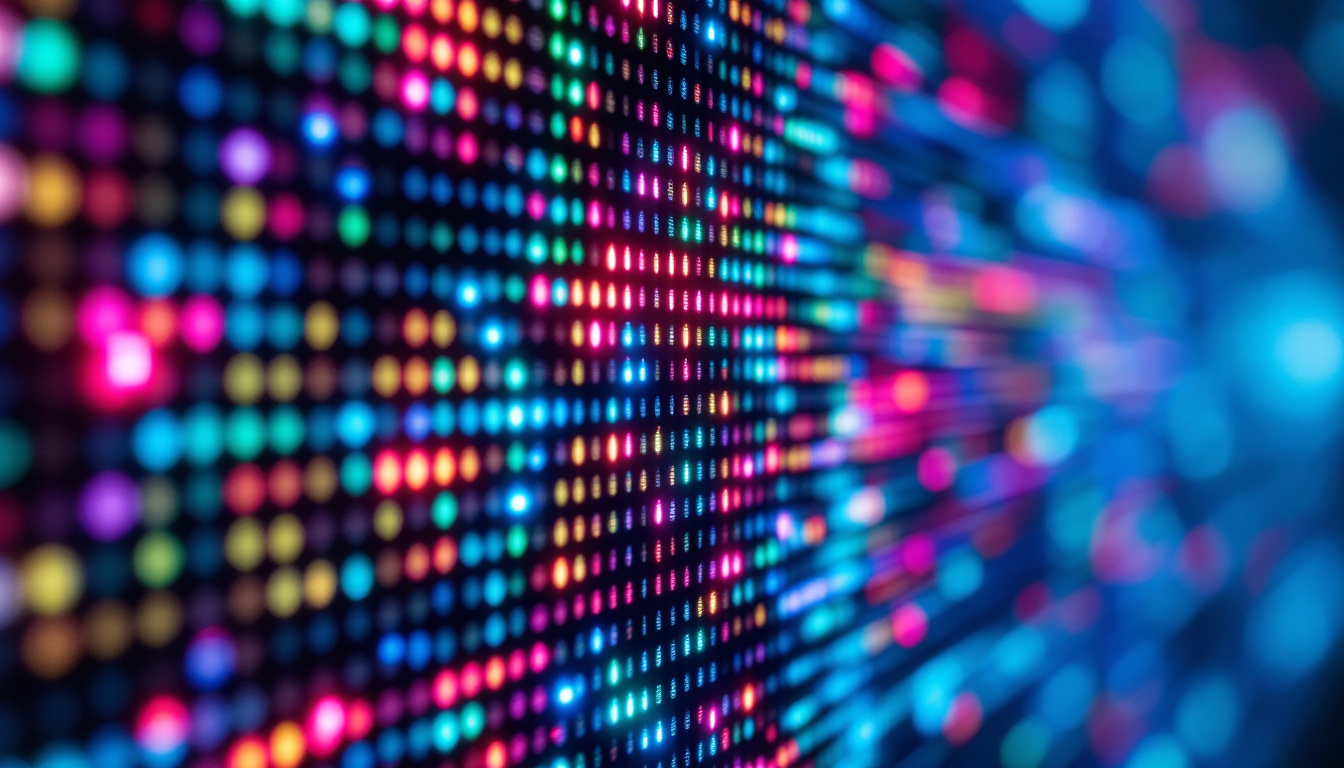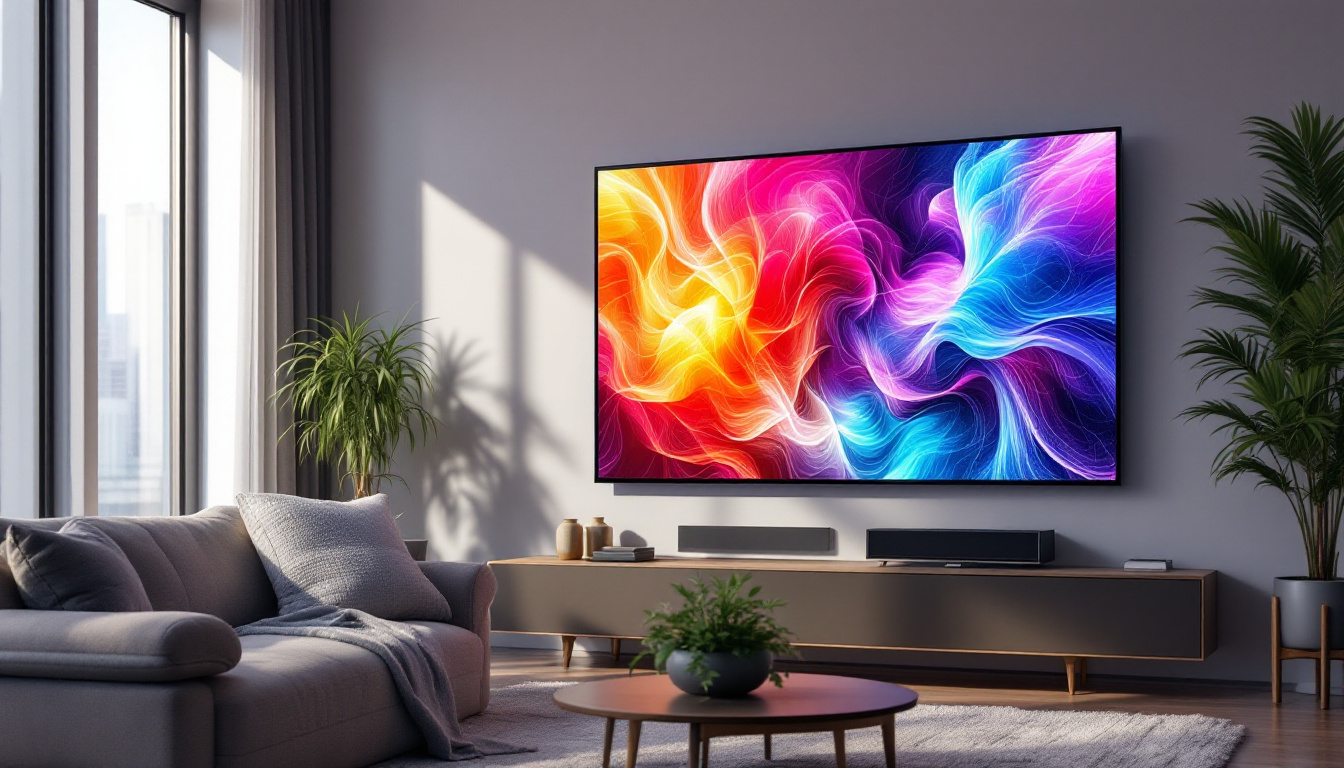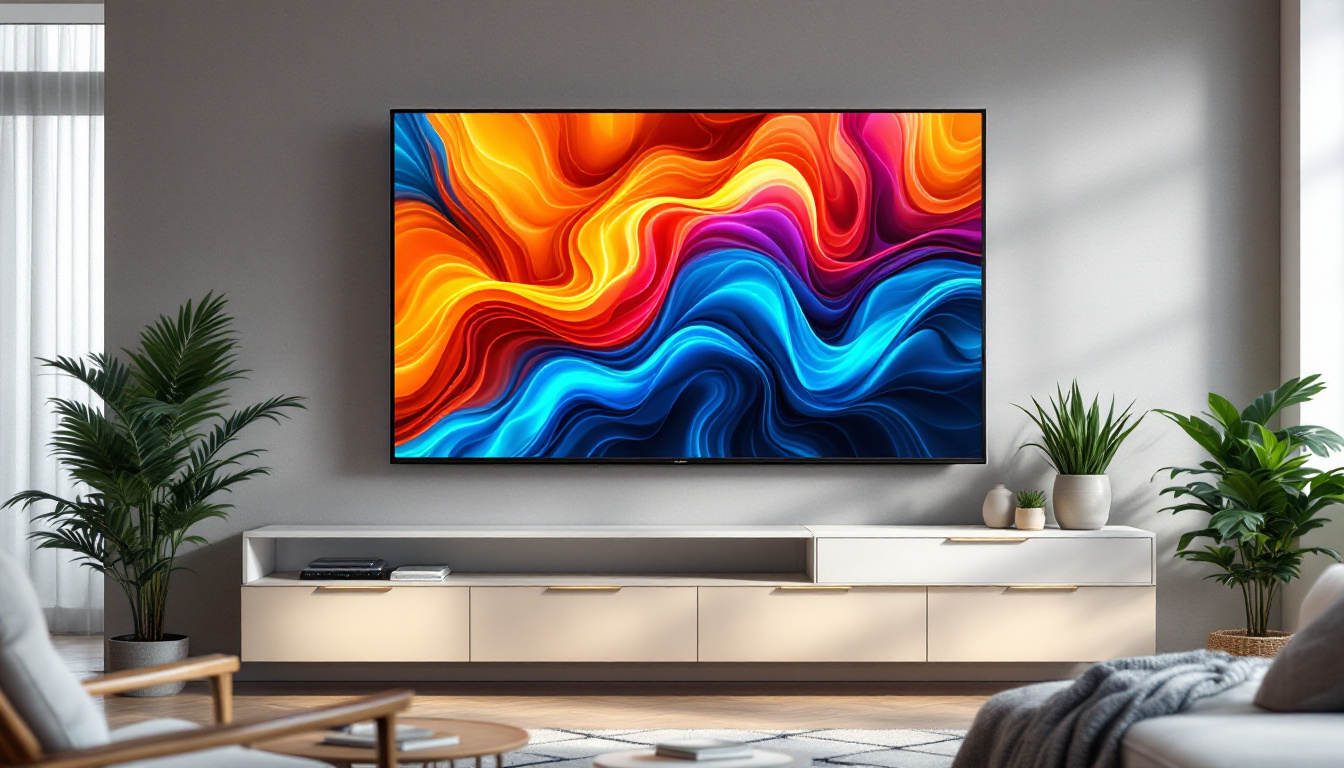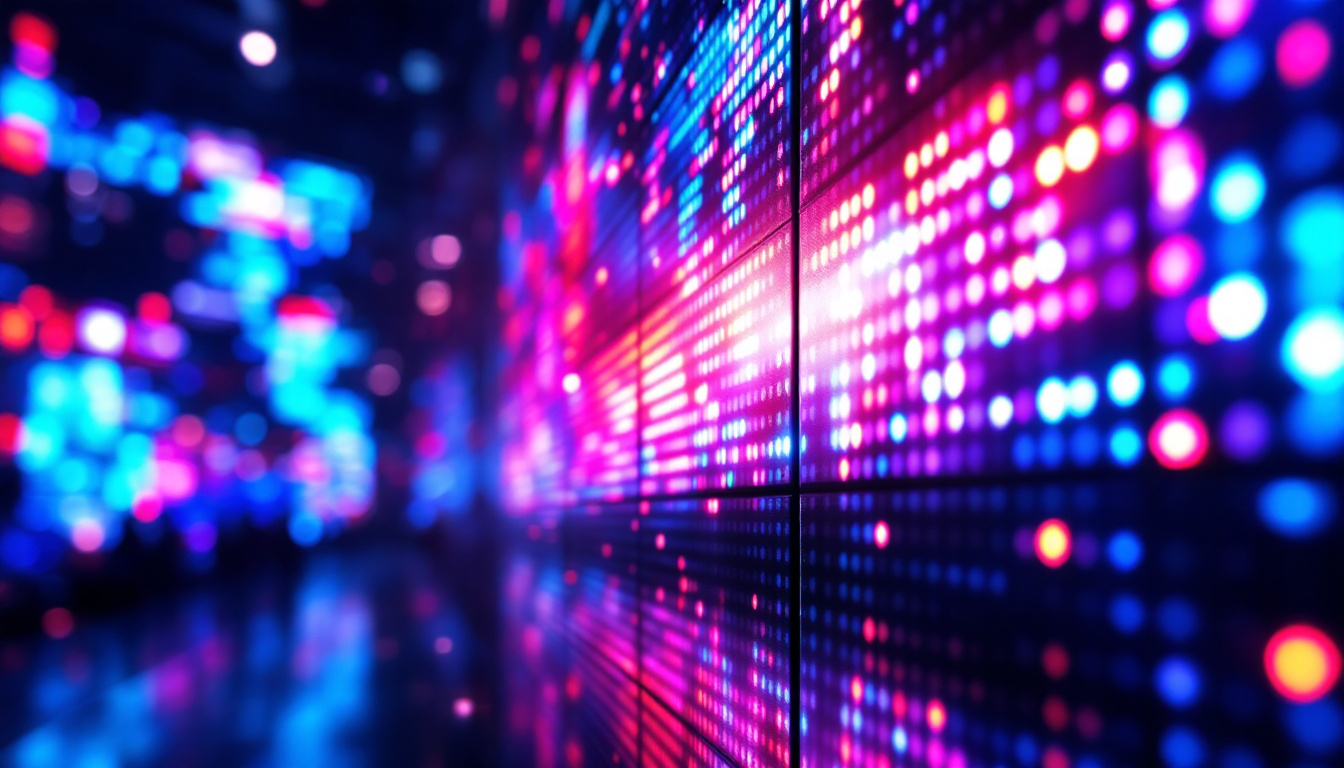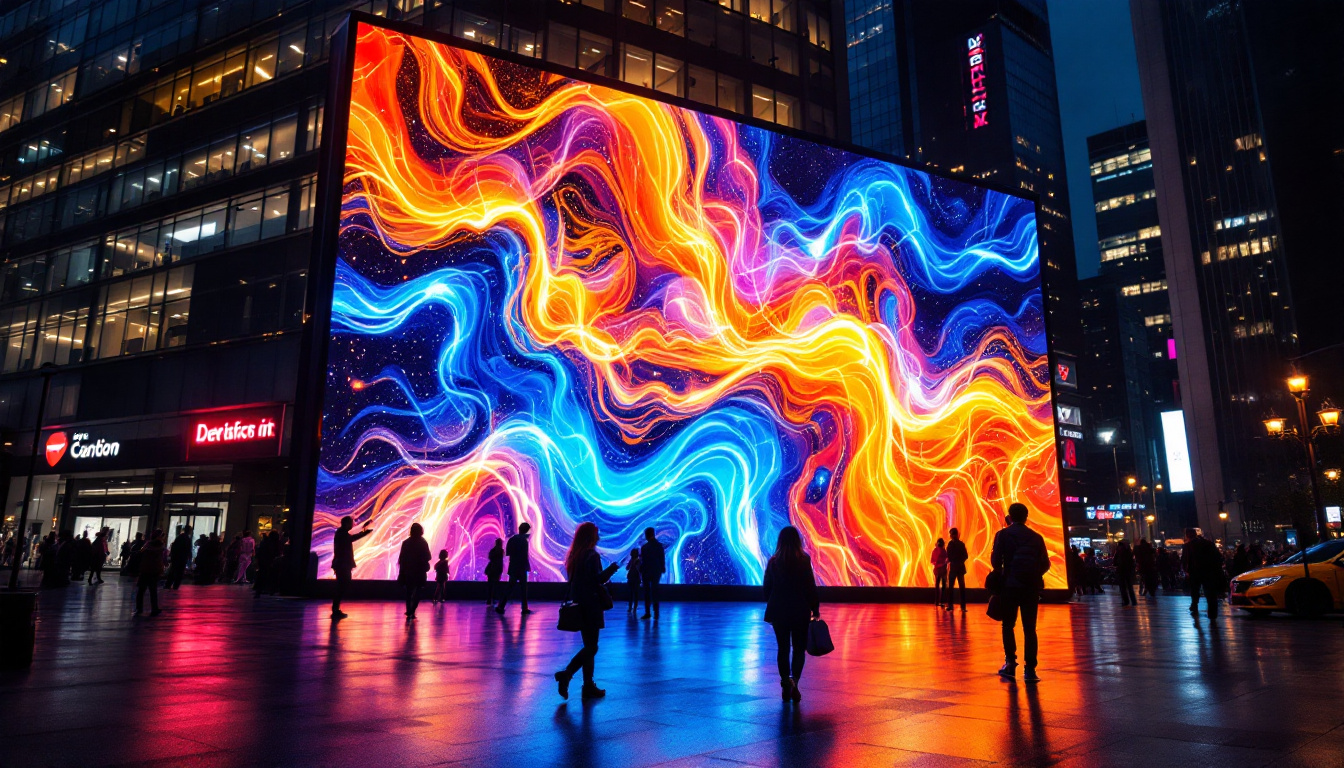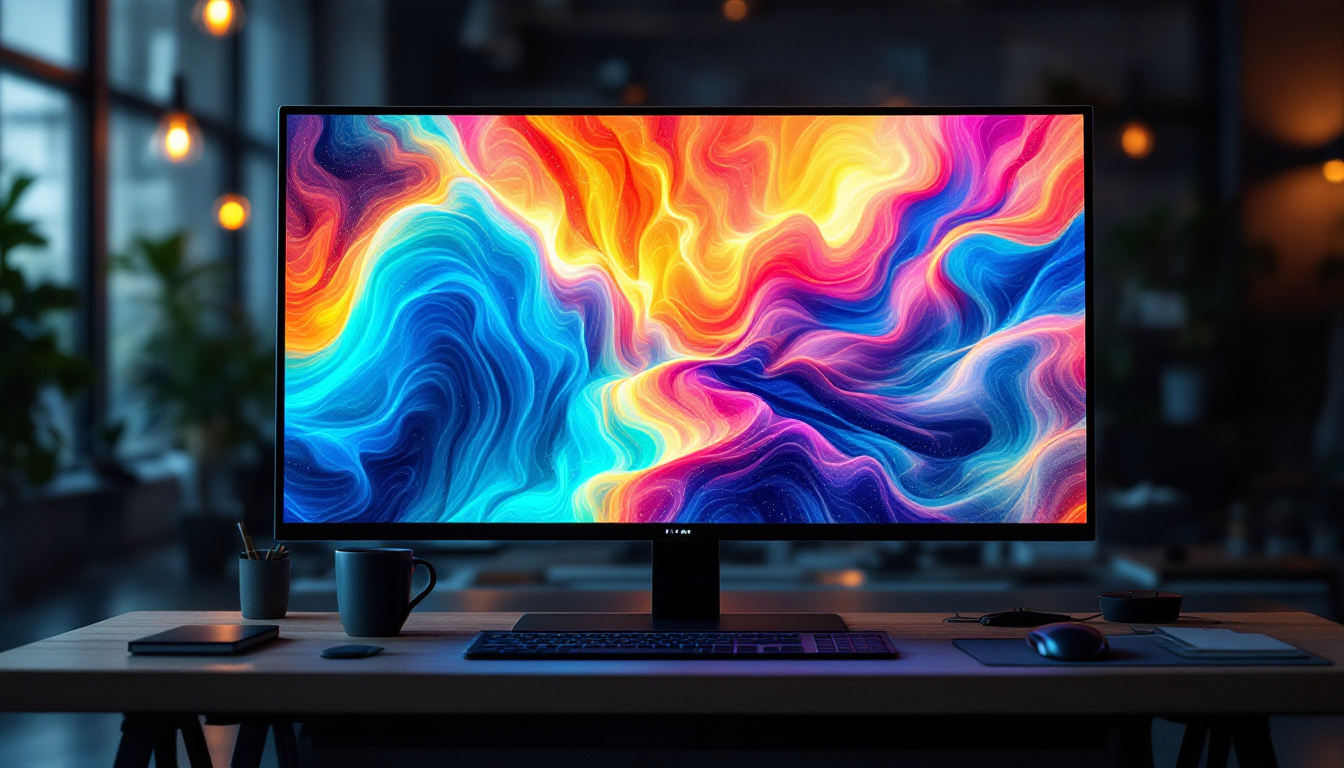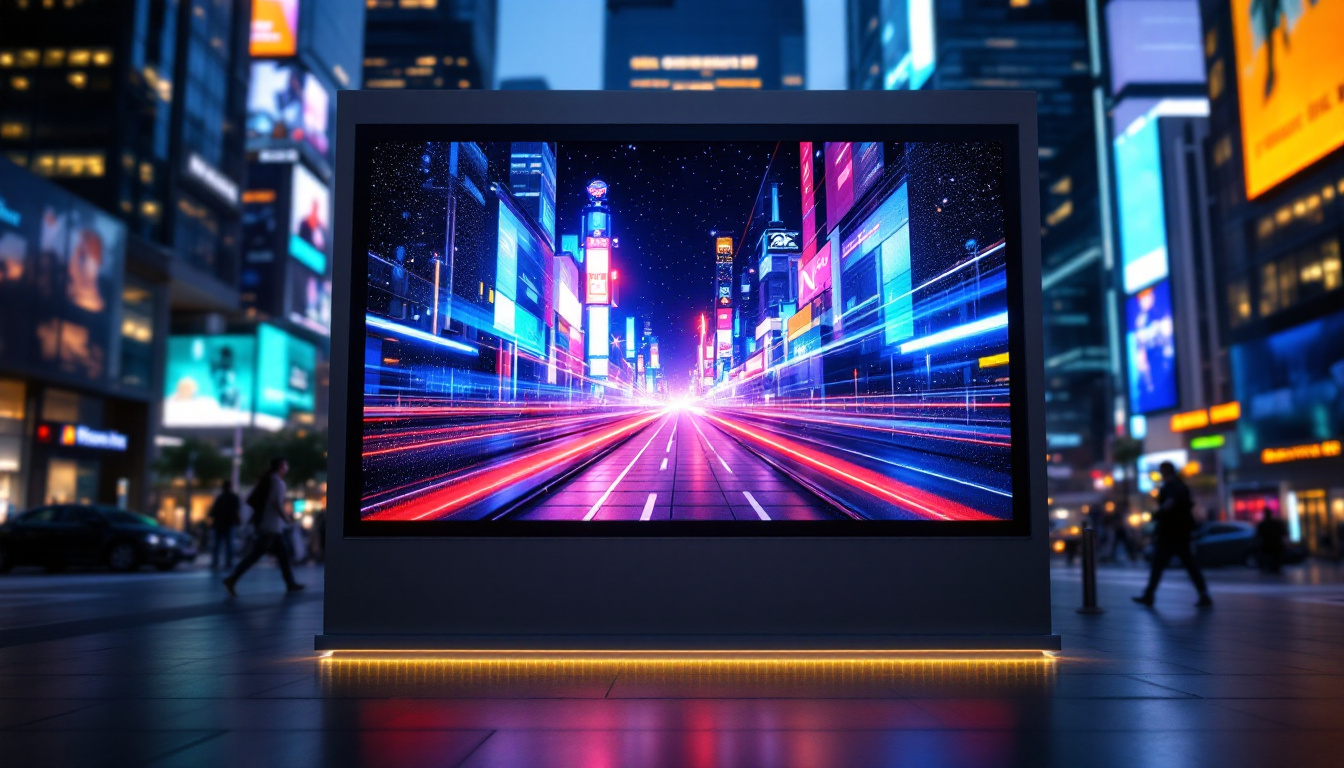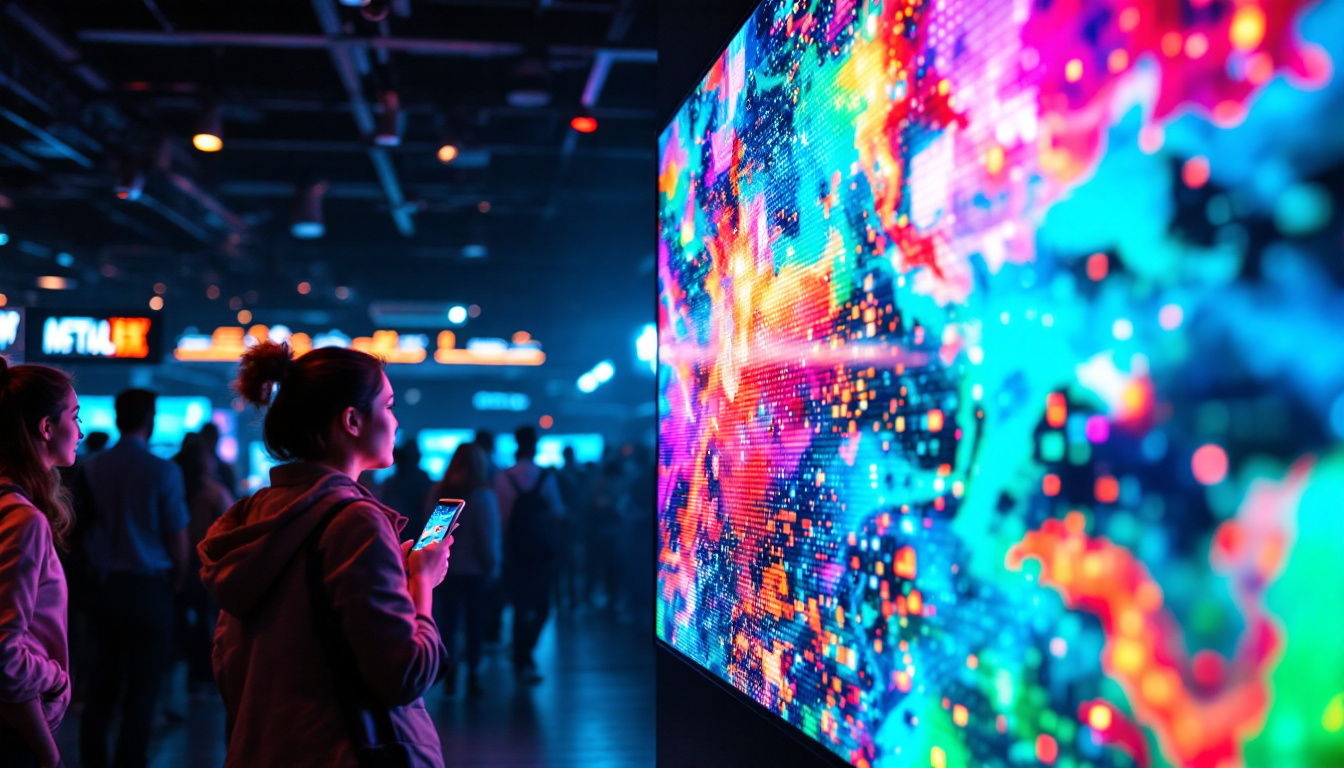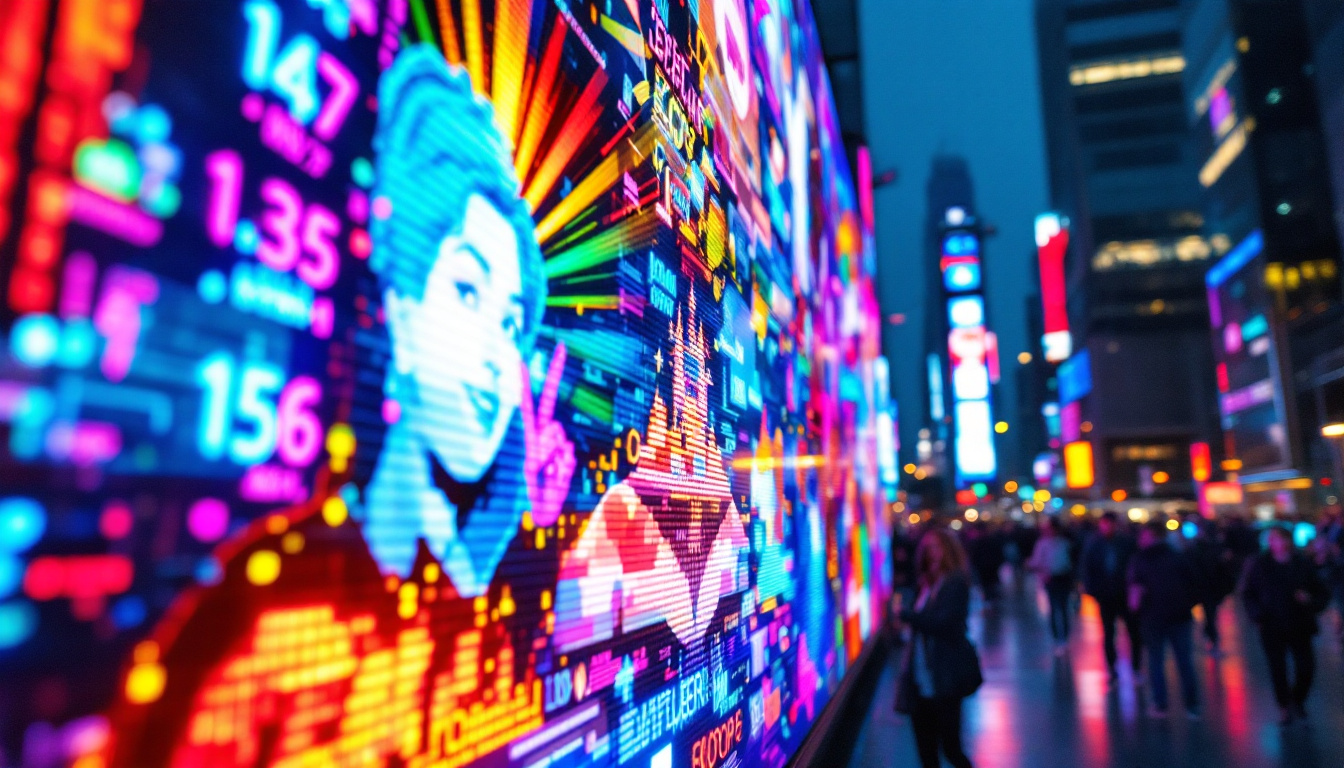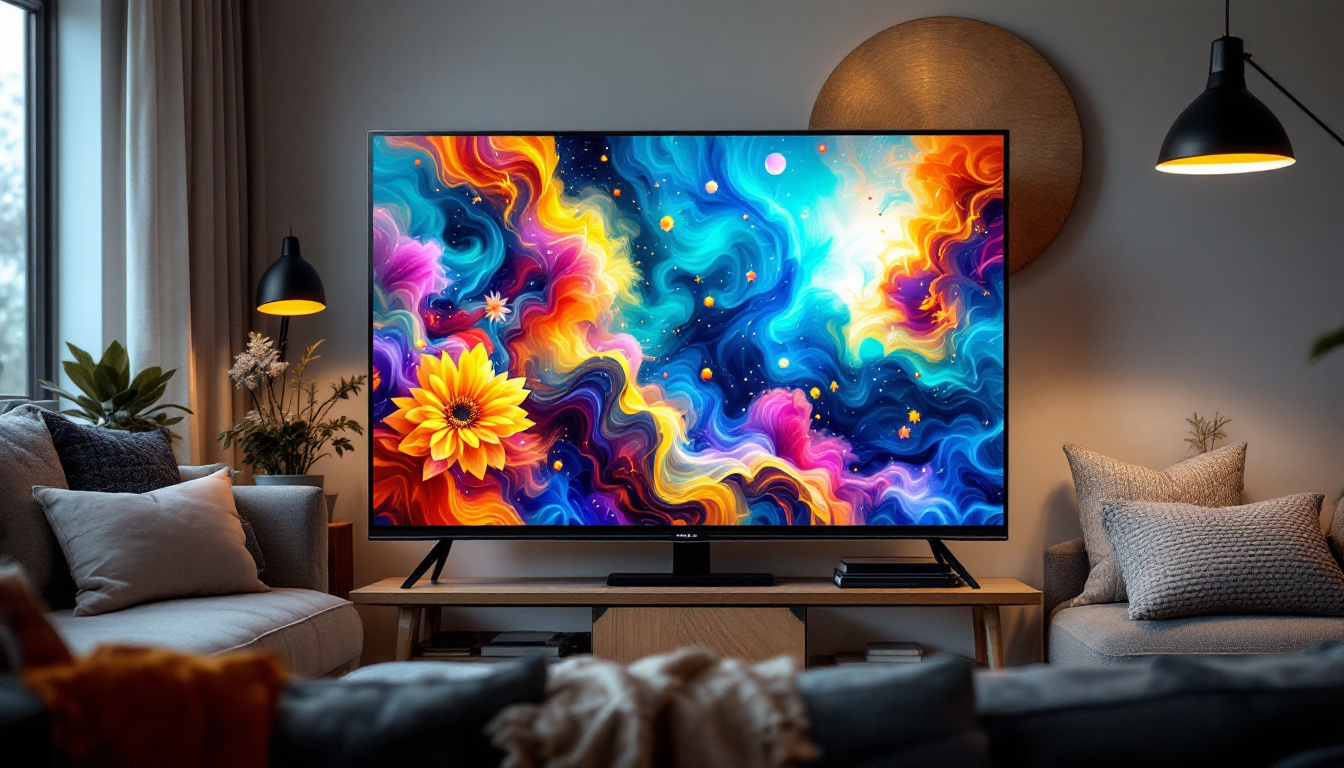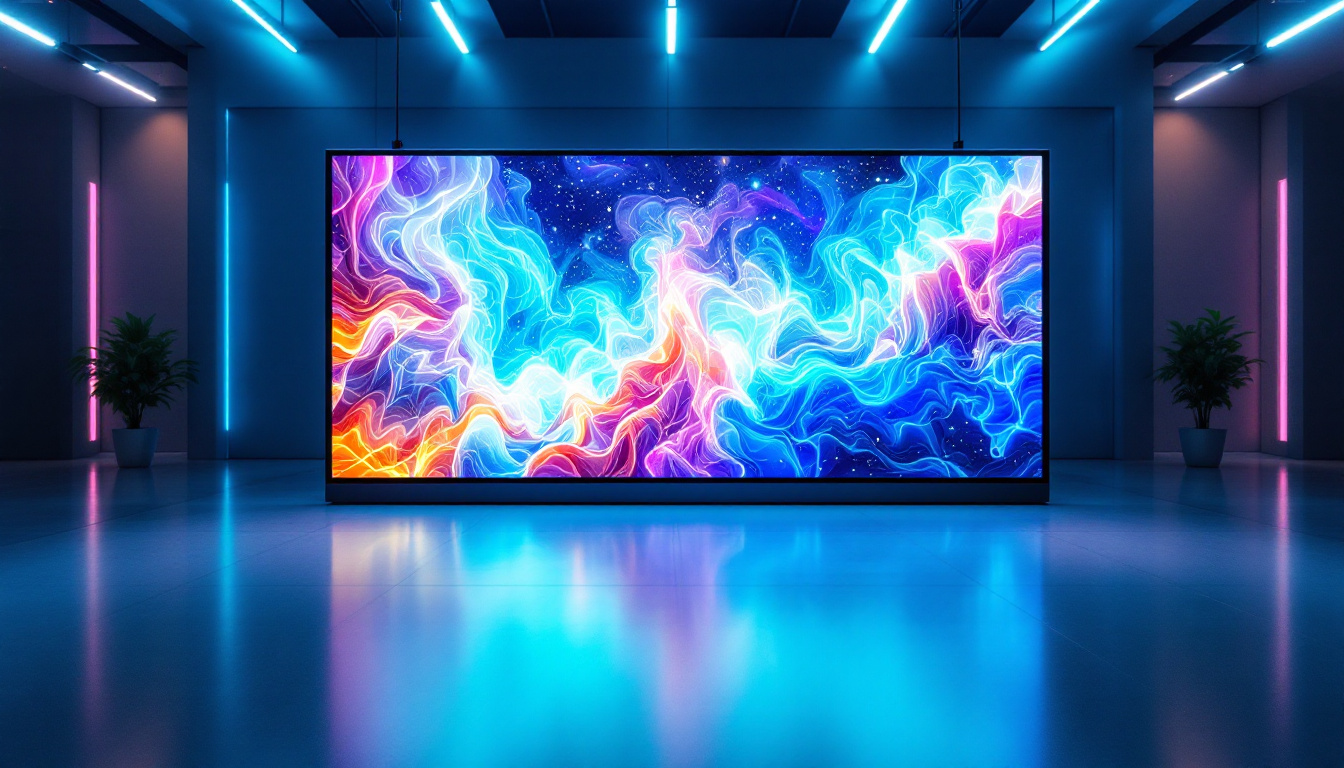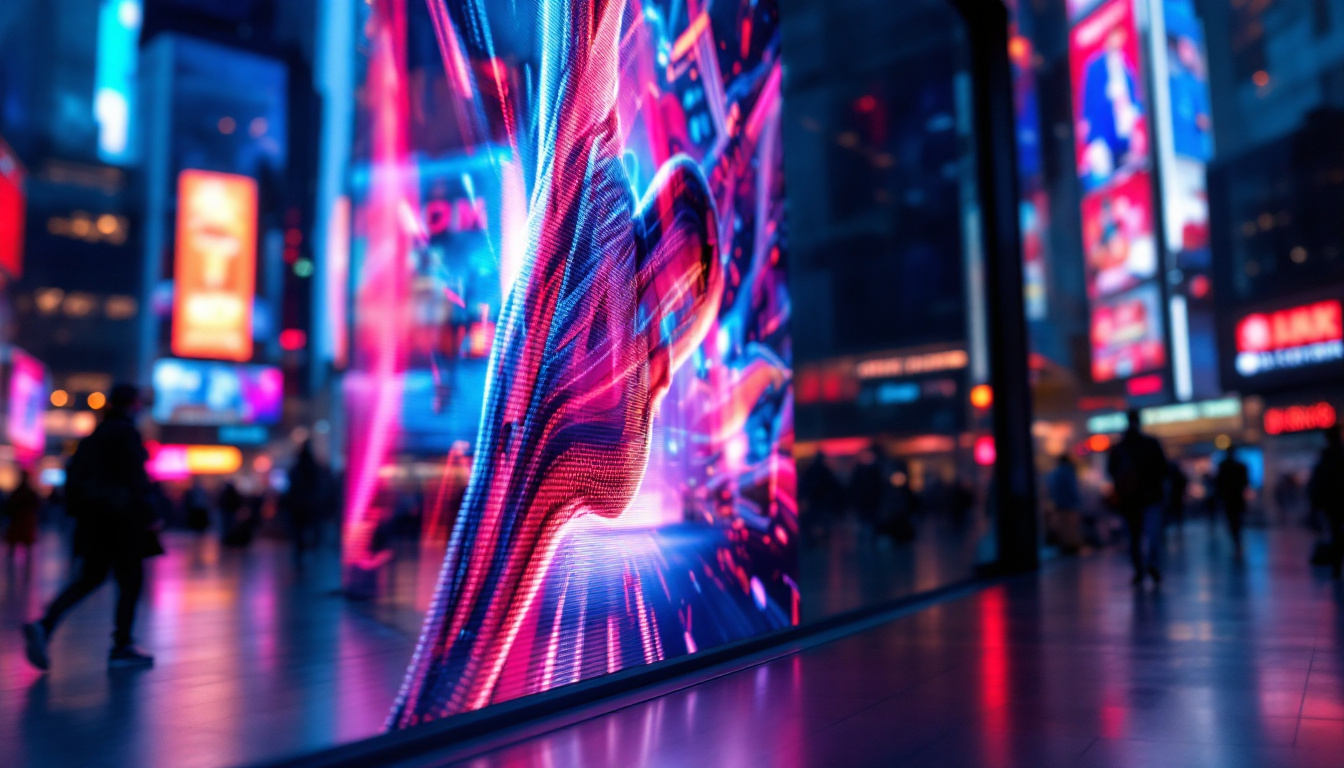Screen printing has long been a favored method for transferring images onto various surfaces, from textiles to promotional materials. In recent years, the integration of technology has revolutionized this traditional craft, particularly through the use of LED displays. This article will explore the concept of custom screens for screen printing, focusing on the advantages of LED displays and their impact on the industry.
Understanding Screen Printing
Screen printing, also known as silkscreen printing, involves the use of a mesh screen to transfer ink onto a substrate. The process begins with creating a stencil, which is placed on the screen. Ink is then pushed through the mesh onto the material beneath. This technique is renowned for its versatility and ability to produce vibrant colors and intricate designs.
The Basics of Screen Printing
The fundamental components of screen printing include the screen, ink, squeegee, and substrate. The screen, typically made of polyester or nylon, serves as the medium through which ink is applied. The choice of ink can vary based on the material being printed on, with options such as water-based, plastisol, and discharge inks.
Once the stencil is prepared, the screen is aligned with the substrate, and the ink is pushed through using a squeegee. The result is a sharp and vivid print that can withstand multiple washes, making it ideal for apparel and promotional items.
Advantages of Screen Printing
Screen printing offers several benefits that make it a preferred choice for many businesses. One of the primary advantages is its ability to produce high-quality prints in large quantities. The setup process may be time-consuming, but once established, the printing process is efficient and cost-effective.
Additionally, screen printing allows for the use of a wide range of inks and materials, enabling businesses to create unique products tailored to their customers’ needs. The durability of screen-printed designs also ensures that they maintain their vibrancy over time, making them suitable for both indoor and outdoor applications.
Introduction to LED Displays in Screen Printing
LED displays have emerged as a game-changer in the screen printing industry. By incorporating LED technology, printers can enhance their workflow, improve accuracy, and reduce production times. This section will delve into the specifics of LED displays and their role in modern screen printing.
What are LED Displays?
LED (Light Emitting Diode) displays are electronic screens that utilize light-emitting diodes to produce images and videos. Unlike traditional screens, LED displays offer superior brightness, contrast, and energy efficiency. They are increasingly being used in various applications, from advertising to digital signage, and now, screen printing.
In the context of screen printing, LED displays can serve multiple purposes, including displaying designs, guiding operators during the printing process, and even monitoring production metrics. Their adaptability makes them an invaluable tool for modern printing businesses.
The Benefits of Using LED Displays in Screen Printing
Integrating LED displays into the screen printing process provides several advantages. One of the most significant benefits is the enhanced visibility of designs. LED displays can showcase designs in high resolution, allowing operators to see intricate details before the printing process begins.
Moreover, LED displays can streamline the workflow by providing real-time updates and metrics. This capability enables operators to monitor production efficiency, track inventory, and manage schedules more effectively. As a result, businesses can optimize their operations and reduce downtime.
Custom Screens: The Intersection of Technology and Creativity
Custom screens are essential for achieving unique and personalized designs in screen printing. The combination of LED technology and custom screens allows for greater creativity and precision in the printing process. This section will explore how custom screens are created and the role of LED displays in this process.
Creating Custom Screens
The creation of custom screens begins with the design phase. Graphic designers use specialized software to create digital images that will be printed. These designs are then transferred onto a film or directly onto the screen using a process called exposure. The screen is coated with a light-sensitive emulsion, which hardens when exposed to light, creating the stencil needed for printing.
Once the screen is prepared, it can be used for printing multiple items. The ability to create custom screens allows businesses to cater to specific customer requests, whether for custom apparel, promotional products, or art prints.
Enhancing Custom Screens with LED Technology
LED displays can significantly enhance the process of creating custom screens. By displaying the design on an LED screen, operators can make real-time adjustments before committing to the printing process. This capability minimizes errors and ensures that the final product meets the client’s expectations.
Furthermore, LED technology can be used to preview color combinations and effects, allowing designers to experiment with different looks without wasting materials. This not only saves costs but also encourages creativity and innovation in design.
Practical Applications of LED Displays in Screen Printing
The practical applications of LED displays in screen printing are vast and varied. From improving the design process to enhancing production efficiency, LED technology has the potential to transform the way businesses operate. This section will highlight some of the key applications of LED displays in the screen printing industry.
Design Visualization
One of the most significant applications of LED displays in screen printing is design visualization. Before printing, operators can project the design onto the substrate using an LED display. This allows for precise alignment and positioning, ensuring that the final print is exactly as envisioned.
Moreover, LED displays can showcase multiple design options side by side, enabling clients to make informed decisions quickly. This capability is particularly beneficial in a fast-paced business environment where time is of the essence.
Production Monitoring
LED displays can also play a crucial role in monitoring production processes. By integrating LED screens with production software, operators can track metrics such as print speed, ink usage, and job completion rates in real-time. This information is invaluable for identifying bottlenecks and optimizing workflow.
Additionally, LED displays can provide alerts and notifications for maintenance needs or when supplies are running low. This proactive approach can prevent delays and ensure that production runs smoothly.
Challenges and Considerations
While the integration of LED displays in screen printing offers numerous benefits, there are also challenges and considerations to keep in mind. Understanding these factors is essential for businesses looking to adopt this technology effectively.
Initial Investment and Costs
One of the primary challenges associated with implementing LED displays in screen printing is the initial investment. High-quality LED screens can be costly, and businesses must weigh the benefits against the financial outlay. However, it is essential to consider the long-term savings and efficiency gains that can result from this investment.
Moreover, businesses should evaluate the potential return on investment (ROI) by analyzing how LED displays can improve productivity and reduce waste. In many cases, the benefits outweigh the initial costs, making it a worthwhile investment for forward-thinking companies.
Training and Adaptation
Another consideration is the need for training and adaptation. Employees may require training to effectively use LED displays and integrate them into their workflow. This transition can take time, and businesses must be prepared to invest in training programs to ensure a smooth adaptation process.
Furthermore, it is crucial to foster a culture of innovation within the organization. Encouraging employees to embrace new technologies and workflows can lead to improved morale and productivity, ultimately benefiting the business as a whole.
The Future of Screen Printing with LED Technology
The future of screen printing is undoubtedly intertwined with the advancements in LED technology. As the industry continues to evolve, businesses that embrace these innovations will be well-positioned to thrive in a competitive market. This section will explore potential future trends and developments in screen printing with LED displays.
Increased Customization and Personalization
As consumer demand for customized products grows, the integration of LED displays in screen printing will facilitate even greater levels of personalization. Businesses will be able to offer clients real-time design adjustments and previews, allowing for a more interactive and satisfying customer experience.
Moreover, advancements in LED technology may lead to new printing techniques and materials, further enhancing the capabilities of screen printing. This evolution will enable businesses to stay ahead of trends and meet the ever-changing needs of their customers.
Sustainability and Efficiency
Another trend likely to shape the future of screen printing is the focus on sustainability and efficiency. LED displays are energy-efficient and can contribute to reducing the carbon footprint of printing operations. As environmental concerns continue to rise, businesses that prioritize sustainable practices will gain a competitive edge.
Additionally, the ability to monitor production processes in real-time can lead to more efficient use of resources, reducing waste and maximizing output. This focus on sustainability will not only benefit the environment but also enhance the overall reputation of businesses in the industry.
Conclusion
Custom screens for screen printing, particularly when enhanced by LED displays, represent a significant advancement in the industry. The integration of technology into traditional printing methods has opened up new possibilities for creativity, efficiency, and customer satisfaction. As businesses continue to adopt LED technology, the future of screen printing looks promising, with increased customization, sustainability, and operational efficiency on the horizon.
Embracing these innovations can empower businesses to stay competitive and meet the evolving demands of their customers, ensuring that screen printing remains a relevant and dynamic field for years to come.
Illuminate Your Screen Printing Projects with LumenMatrix
Ready to elevate your screen printing capabilities and dazzle your audience? LumenMatrix is at the forefront of integrating LED display technology into the art of screen printing. With our extensive range of innovative solutions, including everything from Indoor and Outdoor LED Wall Displays to Custom and Transparent LED Displays, we’re committed to transforming your visual communication. Experience the difference in brand visibility and audience engagement with our cutting-edge LED display modules. Check out LumenMatrix LED Display Solutions today and start creating truly captivating visual experiences.

